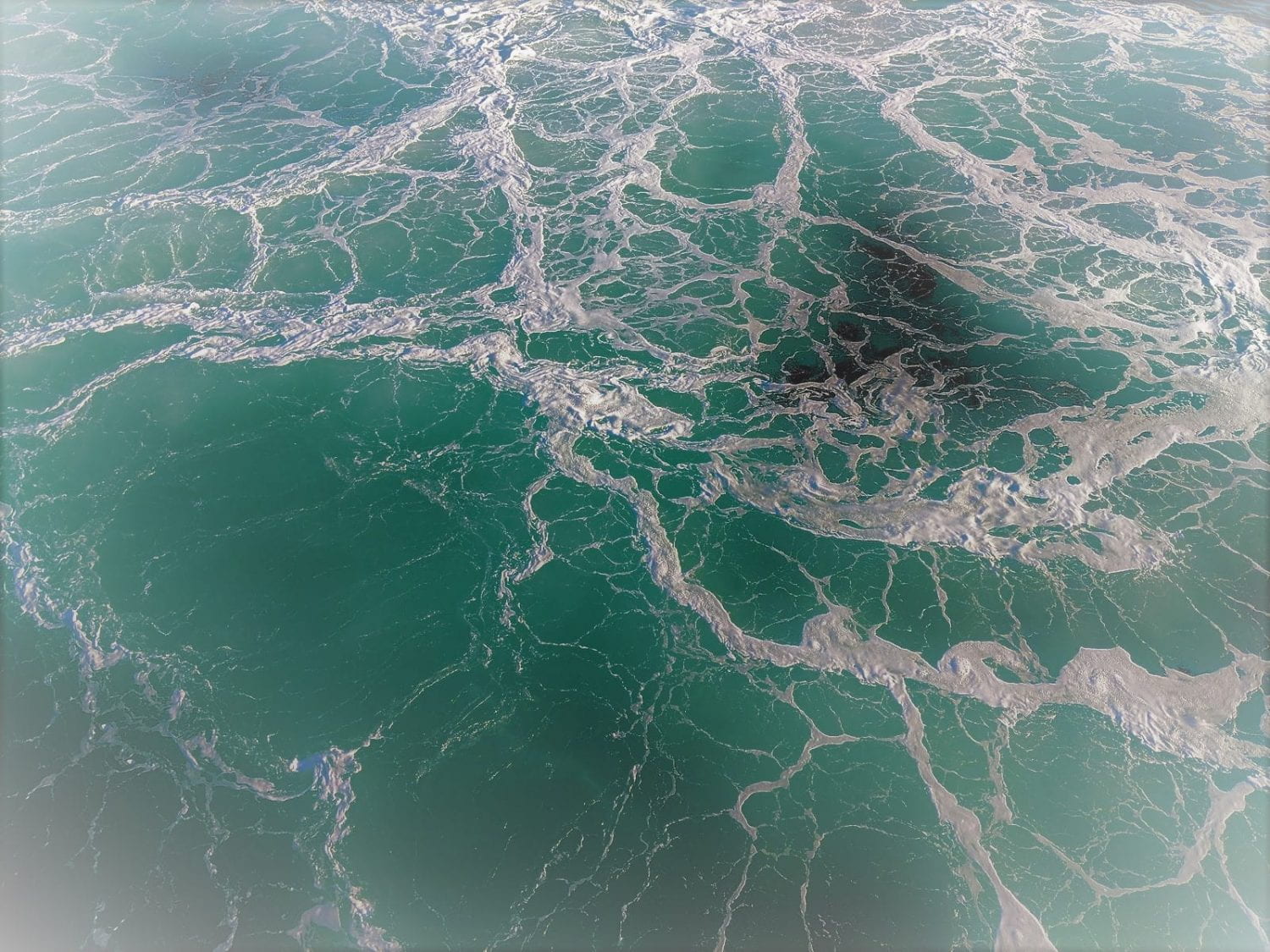Sources of corrosive bottom water to Bellingham Bay, Washington State
Item
-
Title
-
Sources of corrosive bottom water to Bellingham Bay, Washington State
-
Estuaries and coasts
-
Description
-
Research article in Estuaries and Coasts by Western Washington University Professor David H. Shull aimed at understanding the processes leading to Bottom water acidification in Bellingham Bay relating to Pacific Ocean upwelling and Nooksack River circulation.
-
Abstract
-
The Salish Sea, spanning Washington State and British Columbia, receives relatively low pH water from upwelling in the northeast Pacific Ocean and the acidity of bottom water increases within the sea, particularly in winter. In order to better understand the processes that lead to bottom water acidification in this region, I quantified the sources of dissolved inorganic carbon (DIC) and alkalinity to bottom water in Bellingham Bay, a small embayment that is nevertheless representative of the broader Salish Sea. Corrosive bottom water with a pH of 7.5 and an aragonite saturation state of 0.51 was observed in deep water the northern portion of the bay. Water column respiration contributed 6.8 mmol DIC m−3d−1 to bottom water while sediments added both DIC (13.6 mmol m−2d−1) and alkalinity (9 mmol m−2d−1). A two-layer box model assessed the relative importance of sources of corrosive water to the bay and calculated how bottom water pH and aragonite saturation state vary during spring. The 30-day model run calculated increases in bottom water DIC and alkalinity but decreases in bottom water pH and aragonite saturation state along with oscillations of these parameters with a period of approximately 6 days. A sensitivity analysis of the model demonstrated that water column respiration was the primary driver of corrosive bottom-water production. Sediment respiration contributed less to the production of corrosive water but was a source of alkalinity. The accumulation of corrosive bottom water in Bellingham Bay was also a function of mean circulation; the slowing of bottom water flow led to longer bottom-water residence time and an increase in bottom water corrosivity.
-
volume
-
44
-
issue
-
5
-
pages
-
1250–1261
-
Date
-
2021
-
Language
-
eng
-
doi
-
10.1007/s12237-020-00859-1
-
issn
-
1559-2723
